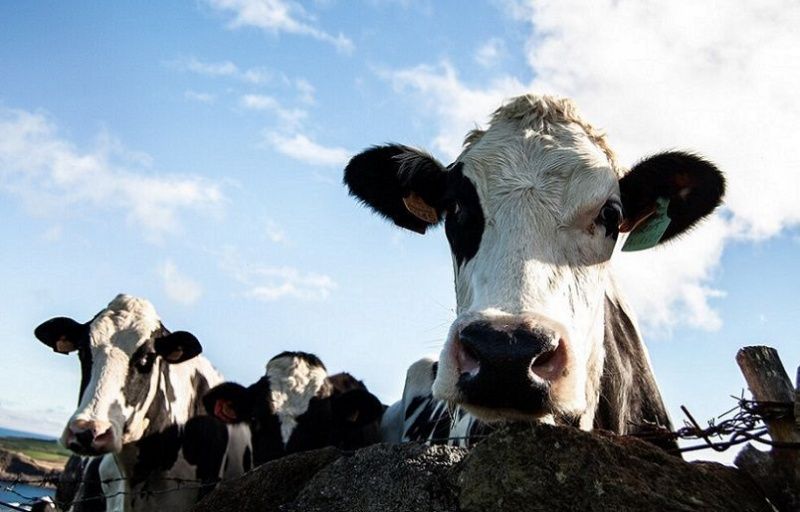Studies Highlight Potential Human Risk of H5N1 from Dairy Cows
Sourse: The DairyNews
Research conducted by a collaborative team from the University of Wisconsin-Madison, two Japanese universities, and Texas A&M Veterinary Medical Diagnostic Laboratory, published in Nature today, reveals new insights into the behavior of the H5N1 avian flu virus found in the milk of dairy cows.

The study indicates that while the virus can attach to both avian and human cell receptors, it does not readily transmit through respiratory droplets.
Since the identification of H5N1 in dairy cattle in March, with confirmed cases on at least 140 farms and infections in four dairy workers, scientists have intensified surveillance and experimentation to understand the potential for a pandemic threat. The latest findings highlight the virus's capability to bind receptors relevant to both birds and humans, potentially indicating an increased adaptation to human hosts.
The researchers conducted several experiments including introducing milk from infected cows into the nasal passages of mice and ferrets, which resulted in severe illness in these animals. This suggests that the virus can cause significant disease through both oral and respiratory exposure, and has the capacity for systemic spread to non-respiratory tissues such as mammary glands and muscles. Notably, transmission experiments involving ferrets demonstrated limited airborne spread, a critical factor in assessing the risk of human transmission.
Additional experiments evaluated the virus's ability to bind to various types of cellular receptors, confirming its dual-binding capabilities. This dual receptor specificity could enhance the virus's potential to infect humans, posing a subtle but significant threat of cross-species transmission.
Experts such as Ian Brown from the UK-based Pirbright Institute and Ed Hutchinson from the MRC-University of Glasgow Centre for Virus Research have called for continuous monitoring and rigorous surveillance. While the immediate risk of airborne transmission is low, the capability of the virus to spread to and from non-respiratory tissues in infected animals remains a significant concern.
Since the identification of H5N1 in dairy cattle in March, with confirmed cases on at least 140 farms and infections in four dairy workers, scientists have intensified surveillance and experimentation to understand the potential for a pandemic threat. The latest findings highlight the virus's capability to bind receptors relevant to both birds and humans, potentially indicating an increased adaptation to human hosts.
The researchers conducted several experiments including introducing milk from infected cows into the nasal passages of mice and ferrets, which resulted in severe illness in these animals. This suggests that the virus can cause significant disease through both oral and respiratory exposure, and has the capacity for systemic spread to non-respiratory tissues such as mammary glands and muscles. Notably, transmission experiments involving ferrets demonstrated limited airborne spread, a critical factor in assessing the risk of human transmission.
Additional experiments evaluated the virus's ability to bind to various types of cellular receptors, confirming its dual-binding capabilities. This dual receptor specificity could enhance the virus's potential to infect humans, posing a subtle but significant threat of cross-species transmission.
Experts such as Ian Brown from the UK-based Pirbright Institute and Ed Hutchinson from the MRC-University of Glasgow Centre for Virus Research have called for continuous monitoring and rigorous surveillance. While the immediate risk of airborne transmission is low, the capability of the virus to spread to and from non-respiratory tissues in infected animals remains a significant concern.
Key News of the Week











